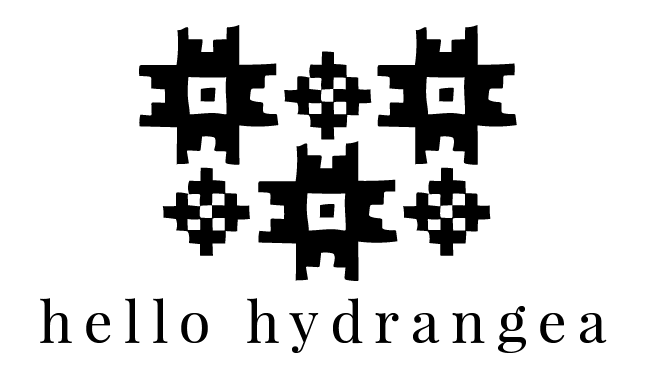Anatomy of a Loom

Life has been speeding by!
I love working from home because I can bring my dogs to the office and play whatever music I want without bothering coworkers... but it also means that sometimes I take on too much and my office hours last all day long! After my full-time marketing designer job everyday I work on projects for my freelance clients and then try to squeeze in weaving/family time. It hasn't been too hard to adjust to a busy schedule - it's parallel to the work/school/homework juggling that I've been used to from college - it just means that I've had to number my priorities more. Sadly all of the weaving tutorials I planned have been put on the back burner for a while. To make up for that, here's a little visual aid to remind you about the beauty of fiber art!
Anatomy of a Loom
Heddles - Allow multiple warp strings to be lifted at once.
.
Leashes - Attach warp strings to heddles.
Heddle Stands - Hold the heddles in place when they are lifted.
Frame Loom - Simplest loom design involving square shape with pegs to hold the warp strings at each end.
Weaving Needle - My preferred method of weaving the string. Extra long, extra thick needle.
Warp - Strings that run vertically, are attached to the loom.
Weft - Strings that run horizontally.
Tension Rainbows - Method creating 'rainbow' shapes while running the weft strings across. Maintains even tension so that the weave isn't pulled too tight.
Butterflies - An easy way to knot a length of long string to stay in place while working on a different spot of the weave.
Comb - My preferred tool to beat down the tension rainbows.
Scissors - Mandatory
Yarn -
Go Here to see a list of my favorite shops
.

